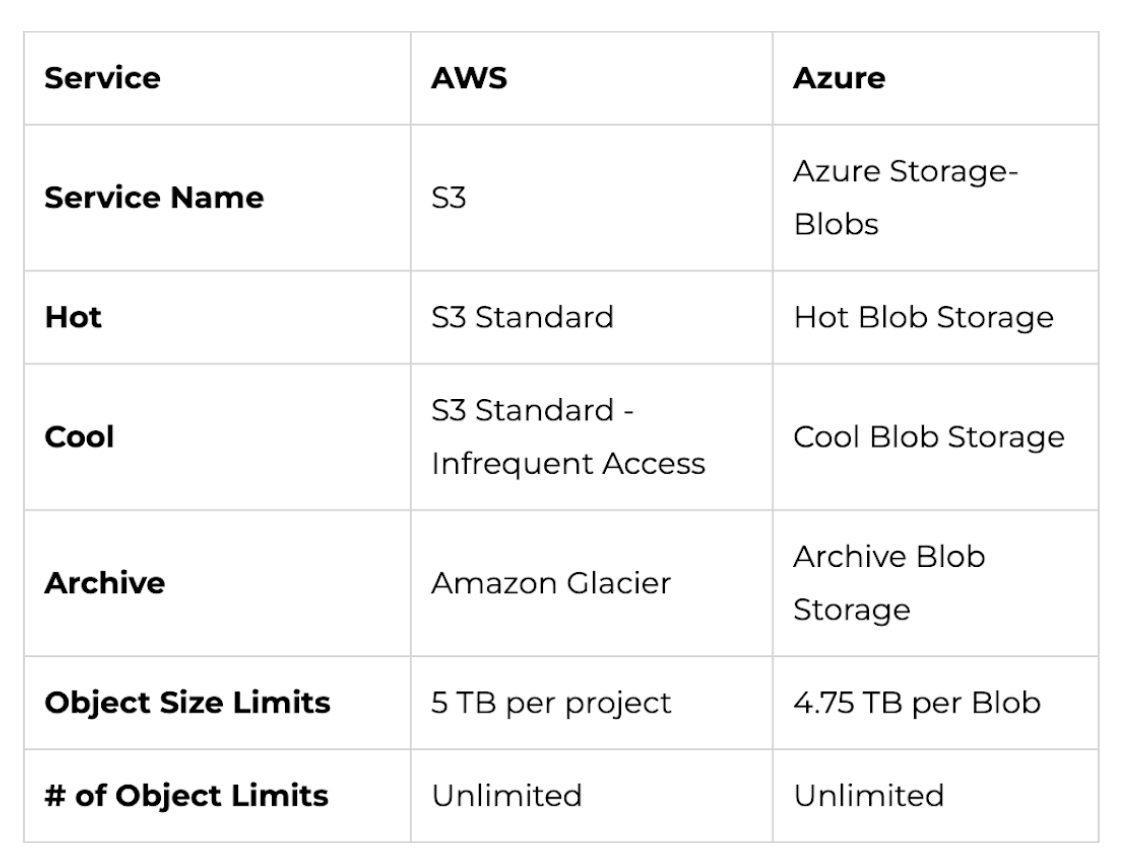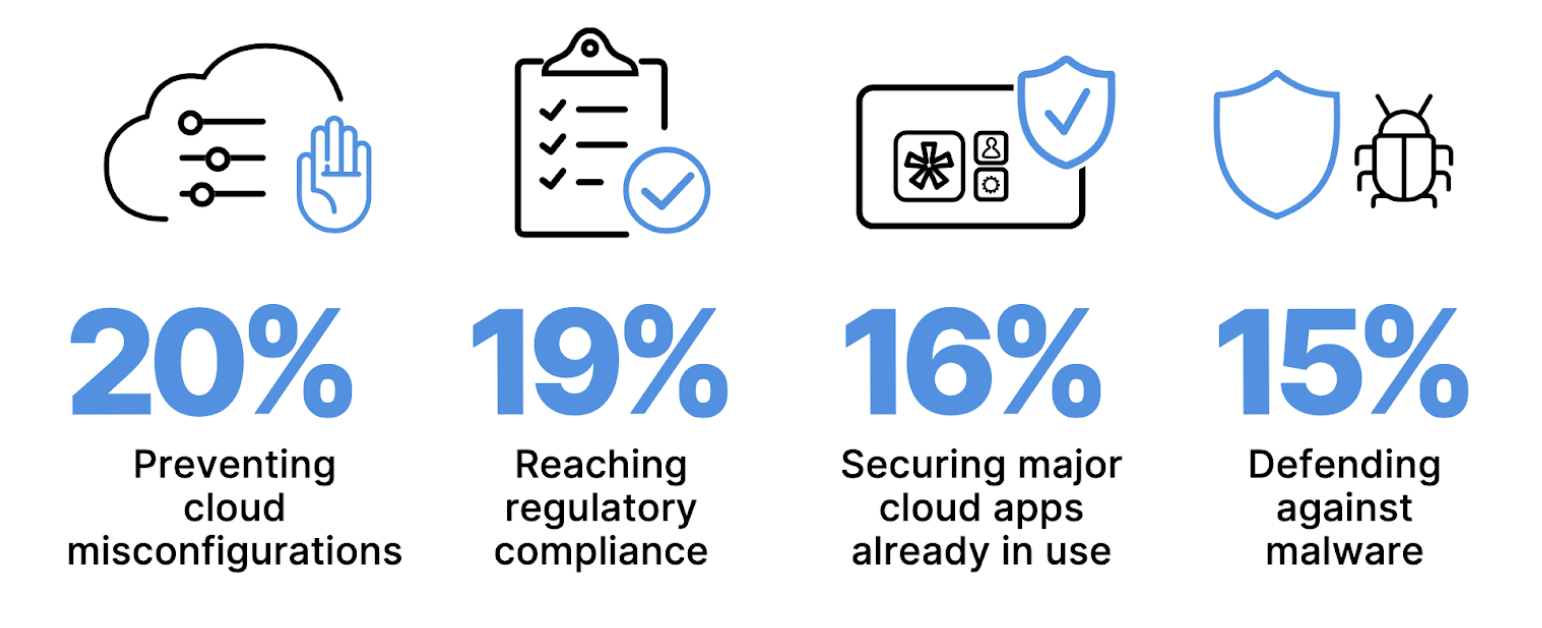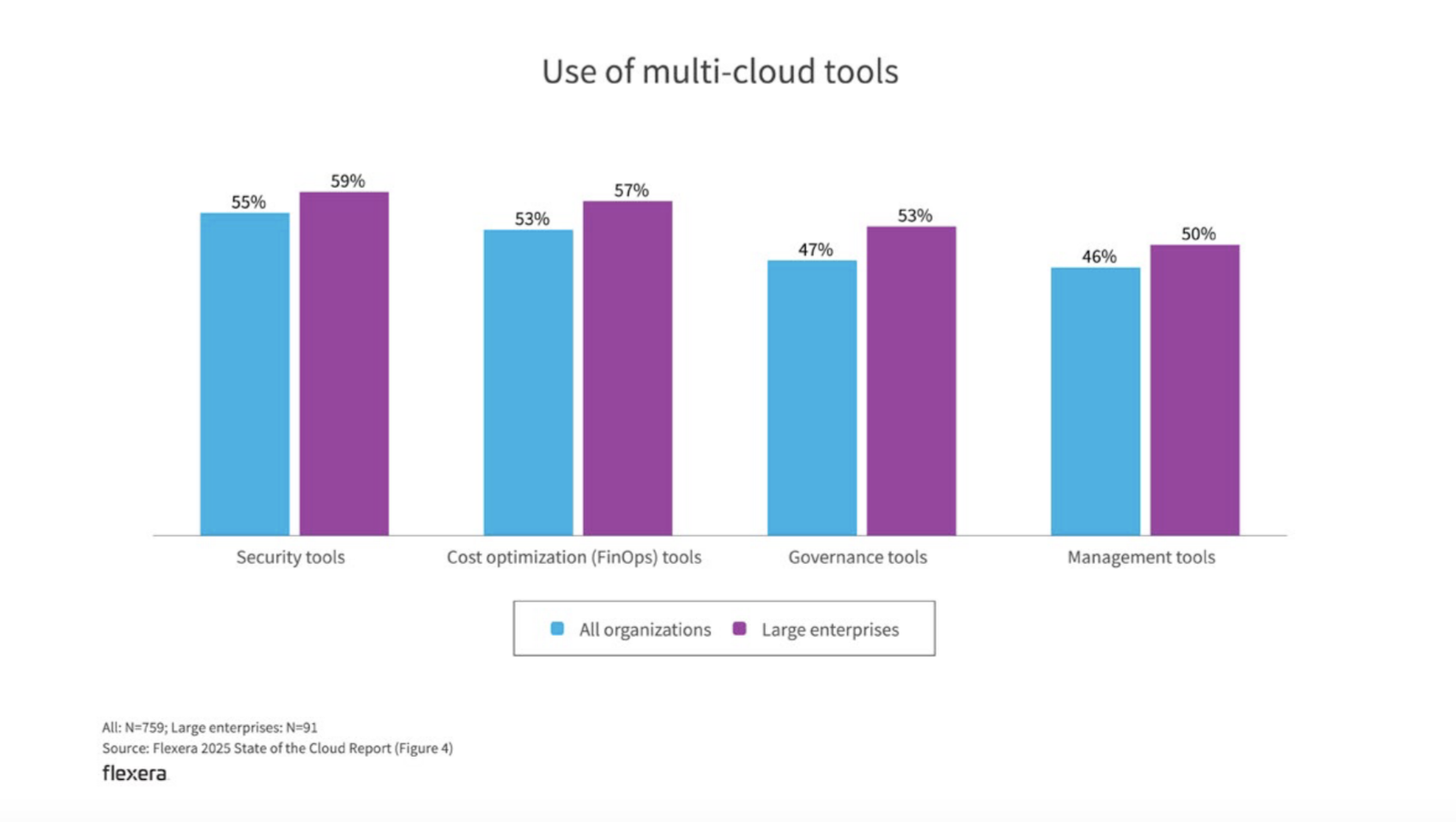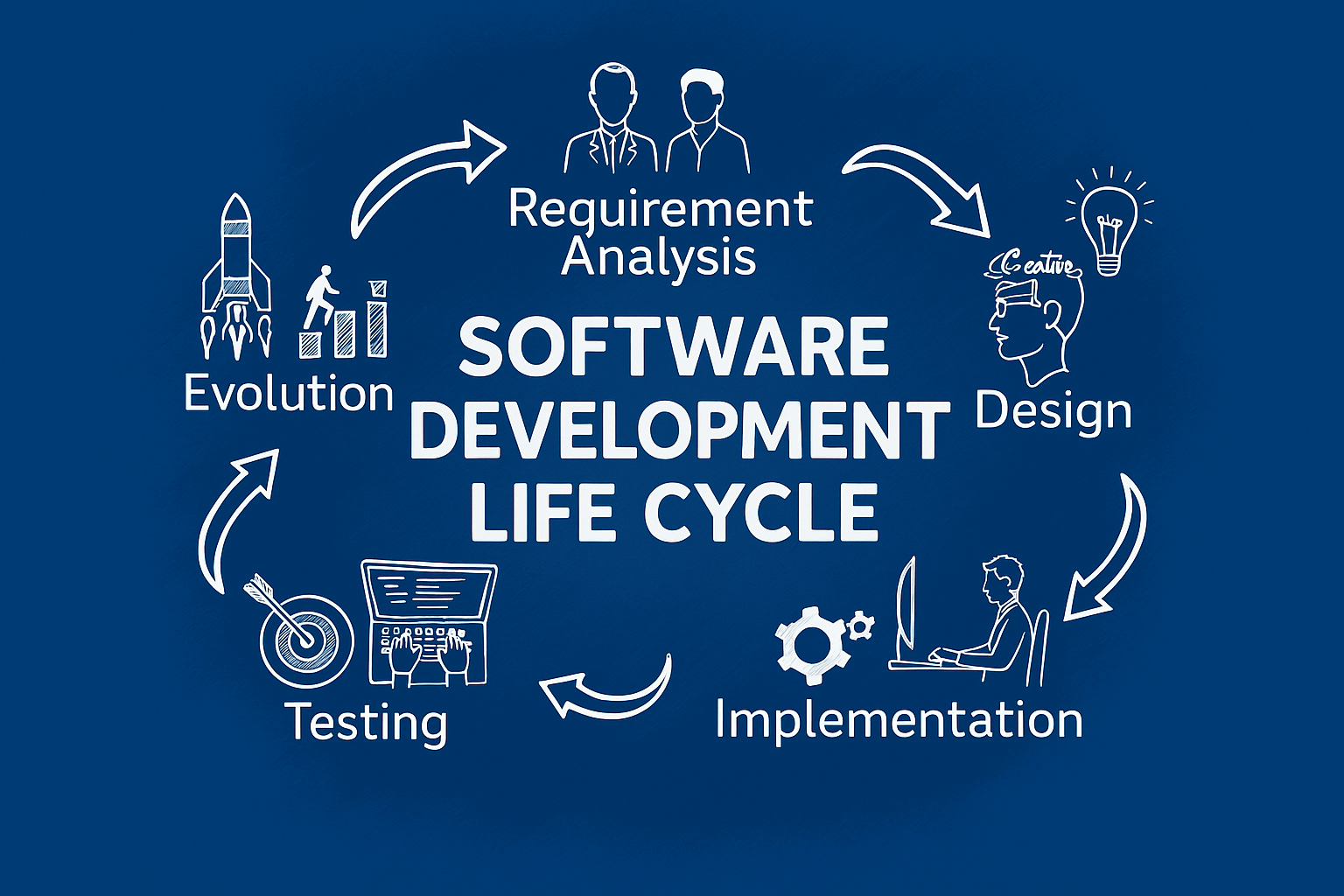
 Source: Statista
Source: Statista
 Source: ProjectPro
For block storage, which is like regular hard drives, AWS offers Elastic Block Store (EBS) volumes that attach to EC2 instances. Azure provides a similar service through Azure Disk Storage. To learn more about making your storage strategy better, check these cloud storage best practices.
Source: ProjectPro
For block storage, which is like regular hard drives, AWS offers Elastic Block Store (EBS) volumes that attach to EC2 instances. Azure provides a similar service through Azure Disk Storage. To learn more about making your storage strategy better, check these cloud storage best practices.
 Enterprise cloud security priorities survey.
Source: Fortinet
Enterprise cloud security priorities survey.
Source: Fortinet
 Source: Flexera
Source: Flexera




We use cookies to enhance your browsing experience, serve personalized ads or content, and analyze our traffic. By clicking "Accept All", you consent to our use of cookies.